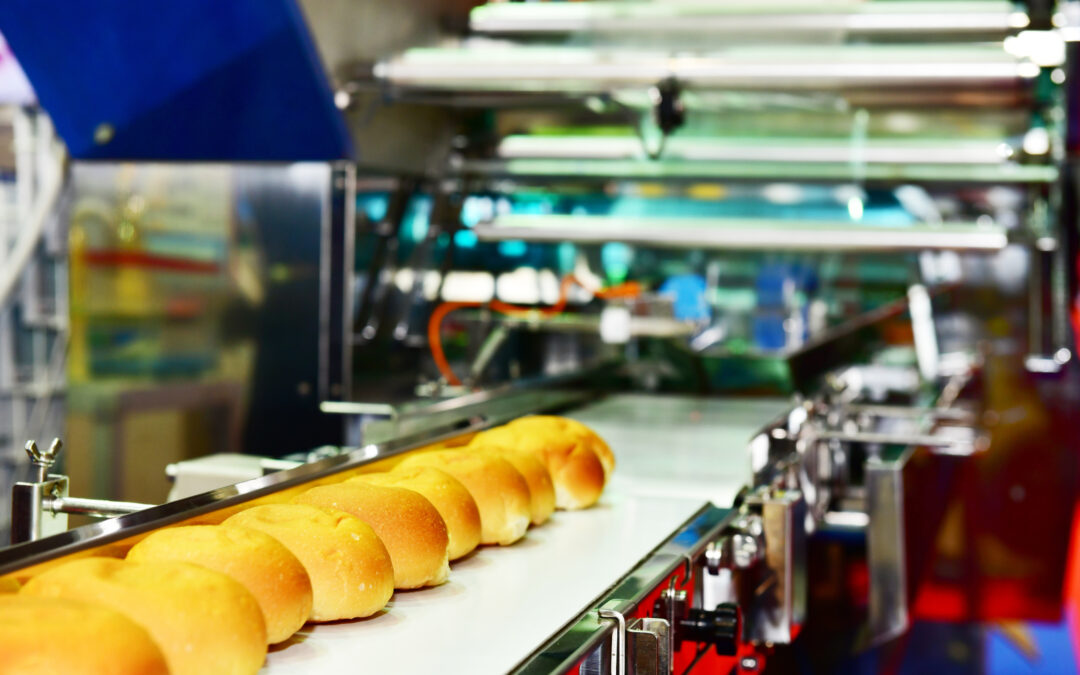Power transfer from electric motors or engine-drive pulleys to driven shafts by way of chains and sprockets or v-belts is an application of legacy systems that are still very relevant in today’s plant.
While these types of driver-driven transmission systems are inherently reliable and forgiving in nature, incorrect setup and/or poor maintenance will cause them to fail prematurely (and catastrophically). Understanding their needs and performing simple, common sense, best-practice maintenance can virtually eliminate such failure, increase equipment reliability, boost throughput, and reduce energy costs.
Consider the following maintenance tips for keeping your site’s driver-driven-transmission systems up and running as desired.
CHAIN & SPROCKET MAINTENENCE
1. Always procure and use quality, name-brand chains and sprockets from reputable suppliers.
2. Unless using O-ring lube-free, or plastic chain, lubricate regularly, and always with clean oil.
3. Consider using a simple solenoid-activated reservoir and brush-applicator lubricator to automatically oil the chain. (The solenoid can be activated by a timer or chain-link-count device.)
4. Consider using chain lubricants with tactifier additives to safeguard against oil being flung off the chain at speed
5. Regularly clean chains with a wire brush and degreaser or commercial chain-cleaner attachments.
6. Protect the system from water and dirt contamination, which will cause rust and accelerate chain wear.
7. Create a simple set of Go/No-Go slip gauges to hold against the slack side of the chain and a fixed reference point to check for minimum chain tension (see manufacturer’s recommendation) and maximum elongation (calculate position for 1.5% elongation).
8. Replace sprockets whenever the chain is replaced. Always.
9. Modify the chain guard with a bottom hinge so the transmission system can be accessed within 30 seconds.
10. Always precision-laser-align sprockets.
V-BELT & PULLEY MAINTENANCE
1. Always procure and use quality, name-brand belts andpulleysfrom reputable suppliers.
2. Slippage, or correct belt tension, is easily checked using a strobe tool to determine the speed rpm difference between both driver and driven pulleys. Ideally, newly installed belts should be tensioned at startup, again after running at full load for half an hour, and 24 hours later, after the belt has seated in the pulley. With a 1:1 ratio driver-driven system at a measured 1,800-rpm driver pulley speed, the driven pulley should run between 1,782 rpm and 1,746 rpm (1-3% slip) under ideal tension.
3. Always protect belts from heat, dirt, water, and oil contamination,
4. Use an infrared (IR) temperature gun or thermography camera to check belt temperature during operation.
5. Purchase a modestly priced (approximately $10) sheave-groove profile gauge and always check the pulley groove profile when tensioning and changing belt sets. If more than .030-in. of daylight can be detected, change the worn pulley immediately. (Worn sheave pulleys are notorious for making it difficult to tension belts correctly.)
6. Precision-align driver/driven systems using a laser or reverse dial-method is crucial for reducing heat, wear, and energy loss.
7. Always change out multiple belts as a matched set (same manufacturing batch or lot number). During the process, be sure to check sheave pulleys for wear and change as required.
8. Modify the chain guard with a bottom hinge so the transmission system can be accessed within 30 seconds.TRR
ABOUT THE AUTHOR
Ken Bannister has 40+ years of experience in the RAM industry. For the past 30, he’s been a Managing Partner and Principal Asset Management Consultant with Engtech industries Inc., where he specializes in helping clients implement best-practice asset-management programs worldwide. A founding member and past director of the Plant Engineering and Maintenance Association of Canada, he is the author of several books, including three on lubrication, one on predictive maintenance, and one on energy reduction strategies, and is currently writing one on planning and scheduling. Contact him directly at 519-469-9173 or kbannister@theramreview.com.



